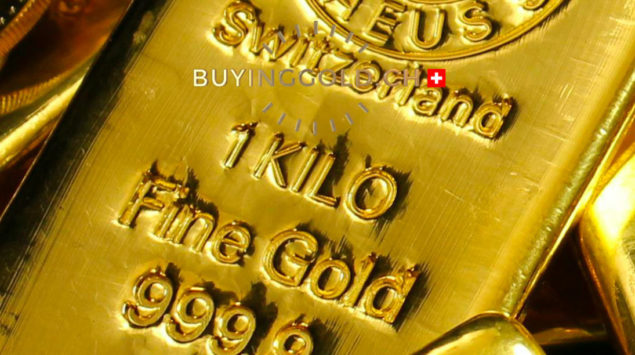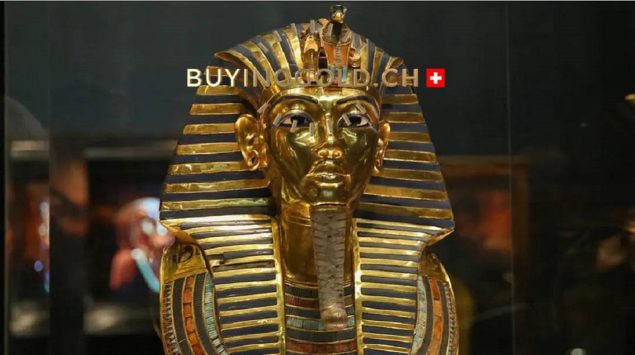
Tell me how many karats you have, and I’ll tell you how much you’re worth …
The purity of gold is historically measured in karats, 24 karats representing the peak of purity. Nowadays, the most common gold alloy has 18 karats, meaning it contains “only” 75% of pure gold. Why did we give up the remaining 25%? In reality, for practical rather than economical reasons: the material is so malleable that, if used in its pure state, it would be too fragile. Thus, to obtain more resistant objects, gold is mixed with other metals, which also offer a more varied color palette. It is thus possible to obtain yellow gold, to which copper and fine silver are added, pink or red gold when adding rosette copper, green gold with fine silver, gray gold, and even blue gold when iron is added.
So what do the mentions 750/1000, 585/1000 or 375/1000 that can be spotted on some jewelery mean? They respectively indicate 18 karats, 14 karats and 9 karats. The values are simply expressed using another measurement system or “standard” – the thousandth – used by many European countries, including France since 1995. This system has the advantage of being very simple to understand: 750/1000 indicates that the alloy contains 75% gold, 375/1000 means it contains 35%, etc.
ATCBG/EYS/ATC













